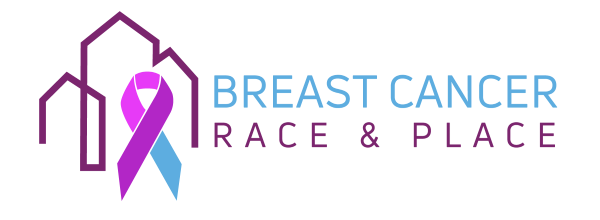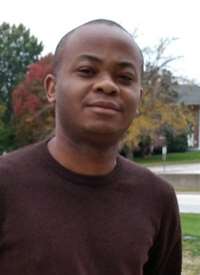Breast Cancer, Race and Place Project at the Medical College of Wisconsin

On this page, you can learn more about this research and our team as well as download and explore new measures of contemporary mortgage lending bias developed by our study team for metropolitan areas across the country.
Project Highlights
June 2023 (article): Historical redlining and breast cancer treatment and survival among older women in the United States.Project Wonder
The Art of Science at MCW: "Redlining, Race, Bias, and Breast Cancer": Neighborhood characteristics (such as socioeconomic status, racial segregation, home ownership and walkability) influence cancer rates and levels of survivorship as well as many other health outcomes.About the Project
Our Measures
Mortgage Lending Bias Mapper
Research Outcomes
- July 2023 (article): Isolation and survival: The impact of local and MSA isolation on survival among non-Hispanic Black women diagnosed with breast cancer in the United States using a SEER-Medicare cohort
- June 2023 (article): Historical redlining and breast cancer treatment and survival among older women in the United States
- March 2022 (article): Patterns of historical redlining in the 1930’s closely correspond to current patterns of redlining and racial settlement.
- February 2022 (article): No association between racial bias and incidence of triple negative and luminal A breast cancer in California
- November 2021 (podcast): JCO After Hours podcast on mortgage lending bias, segregation and cancer disparities
- September 2021 (article): Older women diagnosed with breast cancer do not move frequently, having implications for the importance of residential history collection in this group
- June 2021 (article): Older women living in currently redlined areas die faster after breast cancer diagnosis.
- January 2021 (article): Neighborhood redlining is associated with breast cancer mortality in Atlanta, GA
- July 2019: Metropolitan area racial bias in mortgage lending is a stronger predictor of racial cancer mortality disparities than racial segregation
- July 2016: New measures of redlining and racial bias in mortgage lending propose
Our Team

Kirsten Beyer, PhD, MPH, MS
Professor, Division of Epidemiology; Director, PhD Program in Public & Community Health; Co-Director, Global Health Pathway; Co-Director, GEO Shared Resource; Adjunct Associate Professor, Geography, UW-Milwaukee

Jazzmyne Adams, MPH
Research Program Director, Department of Otolaryngology and Communication Sciences

Chima Anyanwu, MA
PhD Student

Sara Beltran Ponce, MD
Medical Resident, PGY 5

Jean Bikomeye
Postdoctoral Student

Carolina Cuevas, BS
Research Program Associate

Angelica Delgado Rendón, PhD
Instructor; 2021-2023 Academic Fellow in Primary Care, Epidemiology

Jasmin Griggs
MD Candidate, Class of 2023

Melissa Harris, MPH
PhD Student

Trinity Higgins
SPUR student, Summer 2022

Courtney Jankowski, MPH
Program Manager

Naya Jones, PhD
Assistant Professor of Sociology, University of California Santa Cruz

Jamila Kwarteng, MS, PhD
Assistant Professor of Community Health

Purushottam W. Laud, PhD
Professor, Biostatistics

Emily McGinley, MS, MPH
Biostatistician II

Ann B. Nattinger, MD, MPH, MACP
Vice Dean for Research, School of Medicine; Associate Provost for Research; Professor of Medicine, Lady Riders Professor of Breast Cancer Research; Principal Investigator, CHDS

Edoseawe Okoduwa
PhD Student

Nicole Rademacher, MD
General Surgery Intern, University of Alabama at Birmingham

Melanie Sona, BS

Shana Terai Lara, PhD
Phase 2 Student

Donetta Walker, MA, LPC
PhD Student

Tina W. F. Yen, MD, MS, FACS, FSSO
Professor, Division of Surgical Oncology; Co-Director, GEO Shared Resource; Interim Program Leader, MCW Cancer Center Breast Disease-Oriented Team

Staci A. Young, PhD
Professor, Family & Community Medicine; Director Emeritus, Center for Healthy Communities and Research; Senior Associate Dean for Community Engagement; Director, Office of Community Engagement; Faculty Director, ThriveOn Collaboration; Associate Director, Community Outreach and Engagement, Medical College of Wisconsin Cancer Center; Co-Director, Qualitative Research Consulting Service

Yuhong Zhou, PhD, MS, ME
Research Scientist
Contact Us
Acknowledgments
National Cancer Institute
MCW Cancer Center

